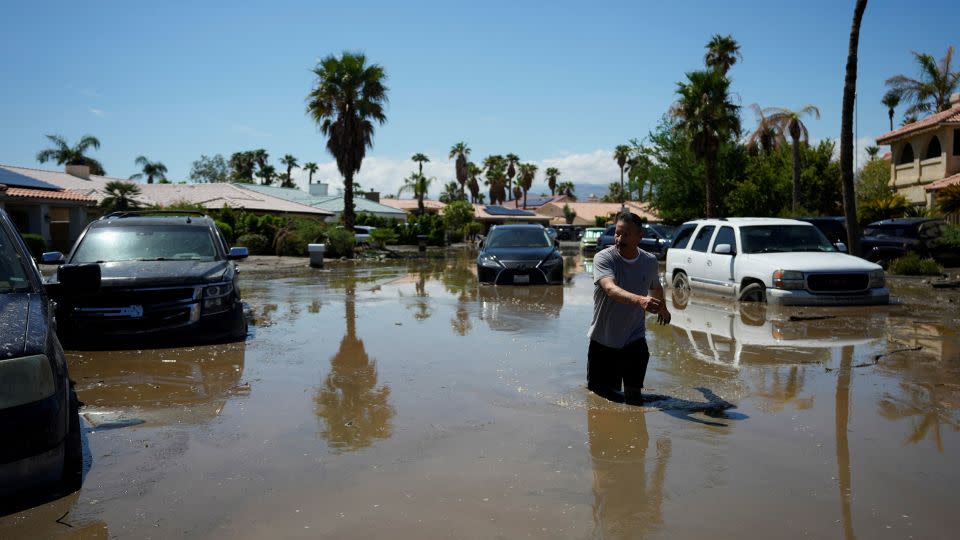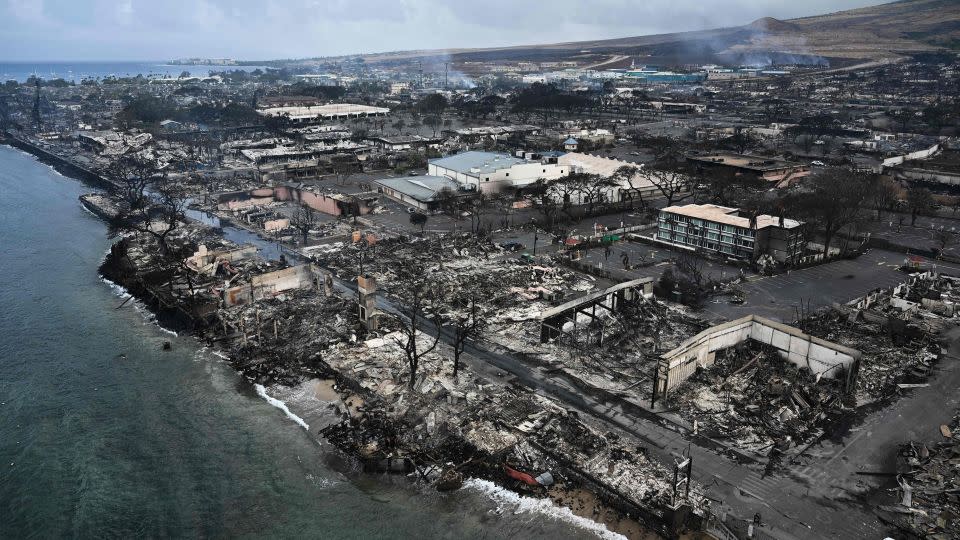Personal emergency kits are a growing market in an uncertain world
Extreme weather events are growing more common, while an increasingly globalized world means disasters on one side of the planet reverberate on the other. In the midst of uncertainty, people are becoming more aware of personal emergency measures, including equipment kits marketed and sold specifically for crisis situations.
The Federal Emergency Management Agency recommends assembling a disaster supply kit as part of its “12 Ways to Prepare” guideline and, while some people choose to gather their own supplies, a number of retailers carry ready-made kits.
“What we find out is that people say we’re going to (assemble our own kits), but they end up spending more time and more money to gather their own supplies, if they do it at all. Our goal is to simplify the process for people,” said Trevyn Reese, vice president of Ready America, one of the largest providers of emergency kits to stores like Home Depot, Ace Hardware and Walmart.
These types of kits range from basic first-aid bags and car jump-starter gear to backpacks comprising hundreds of supplies like nonperishable food, emergency blankets, waterproof matches, tools, and water filtration systems. Over the past few years, kit manufacturers have been seeing increased sales in the niche market.
Ready America has grown 83% between 2017 and 2022, according to Reese. In the week leading up to Tropical Storm Hilary in California, the company said its emergency backpack sales rose more than 350% and emergency power station sales increased by 2,300%.

Sirius Survival and Uncharted Supply Company, which sell kits through Amazon and Walmart, have also seen an uptick in sales over the past few years, with Uncharted estimating 2023 will be its best year yet. Some of the companies attribute growth to natural disasters.
“Natural disasters almost always drive increased sales,” said Sirius owner Joel Stuart. “We’ve been shipping more kits to Hawaii lately since the fire there.” He added the Norfolk Southern train derailment in East Palestine, Ohio, earlier this year “is another unique example of a disaster that triggers people to consider being prepared and buy survival kits.”
Uncharted CEO and founder Christian Schauf said the company has not seen spikes in sales preceding or following sudden disasters like hurricanes or tornadoes. But sales have jumped slightly during California wildfires, which tend to be more drawn out.
“I find that people still tend to be reactive, rather than proactive,” he said.
Ripple effects from international incidents also affect the US emergency kit market. After North Korea threatened a nuclear strike on the United States in 2017 and after Russia invaded Ukraine in February 2022, Uncharted saw a surge in disaster preparedness kit sales, according to Schauf.
Fallout from the Covid-19 pandemic also brought disaster readiness to the forefront of the public consciousness. It was a major factor boosting sales over the past several years, with all three companies seeing notable spikes in 2020.
“We sold everything we had in a couple days (during Covid),” said Schauf.
“There was a lot of uncertainty in the world,” said Stuart. “More people are thinking about (emergency preparedness) and those that always have been are spending more.”
Federal data backs it up. In its 2022 National Household Preparedness Survey, FEMA found 55% of adults had taken three or more measures outlined in its 12 recommended steps, down from 68% in 2020, but still almost 10% higher than in 2017.
Even though sales of household kits might be rising, overall preparedness has decreased, according to FEMA, with only a third of respondents in 2022 saying they assembled emergency supplies compared to 45% the year prior. But putting together supplies continues to be one of the most popular preparedness measures. Last year, the number of people who said they have spent over a year preparing for a disaster rose by 7%, “suggesting people who started preparing recently have continued to do so,” the survey found.
The global survival tool market is already valued at more than a billion dollars, according to estimates from multiple research firms. The market is expected to grow at an annual rate of about 7%, to exceed $2 billion over the next decade.
What money can’t buy
The types of emergency kits sold through retailers can cost anywhere from $30 for a first-aid kit to more than $500 for multiday and multi-person survival packs. For people who choose to build their own kits, the amount of money spent will depend on factors such as location, medical needs, number of pets and whether a household is multigenerational, according to the American Red Cross.
Many experts say while buying emergency kits might be helpful, the most important preparedness actions will not hurt your wallet.
“Don’t think that if you can’t afford something, you won’t be prepared,” said Lea Crager, director of FEMA’s Ready Campaign. “There are a lot of things you can do now without having to fork out hundreds of dollars.”
“The first thing you need to do, especially if you have kids, is just take the time and have a conversation. What if something happens while you’re in school, or camp? Walk through different scenarios,” she said, adding people without children should also review their plans. “Simply thinking through different things can make a big difference. If you can think more clearly, you can act more clearly.”
The Red Cross recommends reviewing your emergency plan monthly, and updating your kit after major life events like moving, getting married, or having a child. The humanitarian organization also suggests taking a first aid, CPR, or automatic external defibrillator course, in case help is unavailable during a crisis.

Crager warns people who choose to purchase extensive disaster kits should not be lulled into a false sense of security. “You spend a certain amount of money on a kit, you think you’re ready, but have you ever taken everything out? Does everyone (in the household) know what to do with what’s in it? It really comes down to making those plans.”
Schauf also says buying a kit doesn’t automatically mean a person is prepared. “I was really troubled because customers would email me saying, ‘I believe the world is changing, what do I buy?’ And I just felt like a charlatan if I tell them: ‘Here, buy this thing and that checks the box.’” He said this drove him to launch a community newsletter to help others inform their disaster plans.
As part of an emergency plan, experts recommend making copies of important documents like birth certificates, passports and proof of insurance. “A big part of recovery is administrative, and that can be very confusing,” said Jeff Schlegelmilch, director of the National Center for Disaster Preparedness at Columbia University. He said taking the time now to make copies of key documents — without the immediate pressure of an emergency — can help smooth the road to recovery once the immediate threat has passed.
Beyond running through a checklist, who you know can be just as important as what you own. Crager and Schlegelmilch say neighbors can be an invaluable source of support in an emergency.
“Know who can help you and who needs help,” said Crager. “Who is CPR-certified? Do you have a neighbor with disabilities?”
“Social cohesion, when we’re there for each other, is a defining factor,” said Schlegelmilch. “Having people checking in on you is critical for physical and mental health recovery. It’s one of the most important steps we can take.”
For more information on FEMA disaster preparedness recommendations, visit www.ready.gov.
For more CNN news and newsletters create an account at CNN.com
